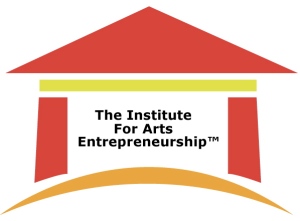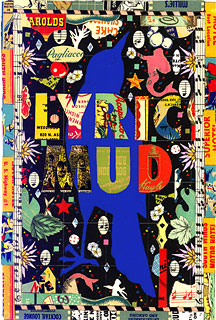
The process of choosing the perfect graduate school can be both exhilarating and scary, as you consider the next phase of your life. But many artists approach this challenge with a faulty set of assumptions, while failing to explore the most important question.
Assumption #1: Grad school is non-negotiable
In many fields within the arts world, there is a notion that advanced degrees are requisite. It’s not even a debate. That’s just what we do. Master’s Degree, then Artist Diploma, and then in many cases, the Doctorate.
Now, I’m not one to prescribe one path over another. If you decide to pursue advanced degrees, I wish you the best. But before signing up, ask yourself why. What’s your true motivation?
One student justified her rationale this way: She read a study showing that people with advanced degrees earned more than those with just an undergrad education. However, while these statistics may be true as sweeping generalizations, we need to dig further. Do alumni from medical schools, law schools, and MBA programs tend to earn more than those with just undergrad instruction? Definitely. Can the same case be made for artists? Probably not. In fact, many artists with multiple advanced degrees can’t even land a job. (Maybe it’s time to become a bit savvier…)
Others claim that advanced training is essential in order to have more time to improve their artistic skills. Fair enough. Arts school is a great place to do this. But when you’re a better practicioner, in two or four or ten years, with all kinds of diplomas on your wall, then what? Will these outstanding skills entitle you to professional success? And if improved technique is your solitary goal, why not just take private lessons?
In my experience, here’s the number one reason arts students go to grad school: to postpone the inevitable. To buy a few more years before they have to earn a living, start paying back student loans, and grapple with “grown-up” issues. Music school may be challenging, but at least it’s familiar and safe.
There are all kinds of paths to a successful life, and not all require advanced degrees. Be honest with yourself. If your primary motivator for attending grad school is that you don’t know what else to do, and you’re too scared of the real world, seriously consider taking some time off. Use that occasion to determine what you truly want from life, and architect a solid plan for getting there.
There are many wonderful reasons for enrolling in graduate programs in the arts. Denial is not one of them.
Assumption #2: Only the people who go to the “best” schools will succeed
In the past, the very act of listing a famous school on your resume could open doors. “Wow, she went to [Juilliard, Eastman, Yale, Indiana University, other prestigious school]! She must be good!”
But times and attitudes have changed. Most people now realize that a wide variety of institutions are capable of providing quality educations, which is absolutely true. They also understand that even the most famous schools have produced duds and incompetents.
So instead of focusing solely on the “where,” employers and other opportunity providers are more interested in the kinds of experiences you’ve had. Did you study abroad? Tour? Win the concerto competition? Make recordings? Initiate an art exhibit? Intern with the ballet? Found a service organization?
Of course, you should still choose a great school. But different environments are good for different things. Make sure you know why the school you choose is outstanding, and take full advantage of it. The best opportunities often lie beyond the obvious choices.
Assumption #3: The most important aspect when choosing a grad school is your private instructor
Working closely with a strong and revered private mentor can be a wonderful process. But (if you’re doing things right) many more aspects contribute to your educational success beyond private lessons. These additional factors should be considered as well, and weighed heavily in your decision.
One of my music students is currently applying to doctoral schools. As we discussed options, he kept focusing on the teachers at various institutions, as if that were the primary consideration. But here’s the deal…He is already an astounding player. There’s no gig in the world where observers would reflect, “You know, this guy just isn’t good enough.”
But there are many other skills and experiences he desperately needs, and shortcomings that should be addressed: recording, touring, marketing, booking gigs, etc. He doesn’t yet have a website, hasn’t commissioned much, and still needs to figure out his brand and what makes him different from the competition. In my view, while a good private teacher would be nice for this student, it should be a pretty low priority item.
Even if you still have to get your artistic chops together (as most of us do), many additional factors beyond the private teacher should be considered when researching graduate programs.
In Part 2 of this series, I will unveil the most important question to ask when looking at grad schools.
RELATED POSTS:
- Choosing the Perfect Grad School: Part 2 (not yet available)
- Average Student, Entrepreneurial Student
- An Essential Question When Applying to Arts School
Love music, but hate to starve? Hoping to achieve more success with your career? Visit www.SavvyMusician.com for a Resource Center with 1000+links, valuable articles, info on the most relevant music career book in print, and more.




























